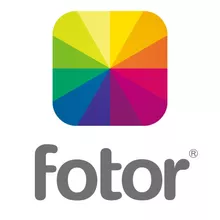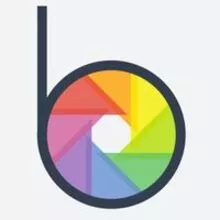3D printer marketplace for consumers
Image Editing: what is it?
Various techniques, tools, and software are used to edit digital or analogue photographs. Scanners, digital cameras, and other image-capturing equipment can create decent but not flawless images. Image editing is done to give photos the best possible appearance and improve the image's overall quality based on several aspects. Creative and artistic endeavours are considered part of image editing. During the editing process, undesirable features such as dust particles and scratches are removed, the image geometry is altered, such as rotating and cropping, lens aberrations are corrected, the image is sharpened or softened, and colour adjustments are made, and special effects are added. Image editing activities are frequently repetitious and need extensive processing. Manual image editing on classic analogue images necessitates a high degree of skill and meticulous attention to detail. For modifying photographs, image editing software apps are also available. Unlike previous approaches, these tools allow for complex picture editing operations such as data compression, photo organising, and image property selection. Image editing in digital image processing is divided into two categories: pixel editing and parametric editing. Pixel editing is concerned with modifying a picture at the pixel level. On the other hand, Parametric image editing focuses on adjusting the picture's look without affecting the source image.
Importance of Image Editing Software
Every visual designer or creative expert in the world of photography and design needs to have visual editing software in their arsenal. Businesses worldwide are leveraging online media to develop an online presence while reinforcing brand identification, thanks to the introduction of social media networking and digital internet marketing. Social media networks have shown to be useful in assisting businesses in thriving and generating new leads and revenues. You can use visual editing tools to fix the picture, and video issues indicated above. They can transform your ideas into high-resolution photographs and powerful films. They may help you erase unpleasant red-eye, alter brightness and contrast, and, most significantly, remove unwanted background components. Cropping, resizing, rotation, brightness, and contrast changes are all common tools used by anybody looking to improve the quality of their visual output. You may utilise the picture enhancement option to alter visual features and make your photographs "pop" and quickly become more attractive for dull-looking images that fail to capture your audience's attention. If you have any old images lying around that you might utilise in a project, locate them, restore them with a visual editing application, and start sharing them online or using them in that ad campaign. Cropping and image clipping are not the same thing. This tool works the same way as cropping, but it removes unexpected highlights and features from your images that change the focus and draw attention away from the intended topic. Visual or graphic designers, photography studios, real estate agencies, and web-based enterprises all employ visual editing software to generate photos with improved quality and recall value. We're going toward a future when picture editing software will be an increasingly crucial tool for many professionals, not just designers, thanks to the rise of web-centric firms and skilled marketers.





















































